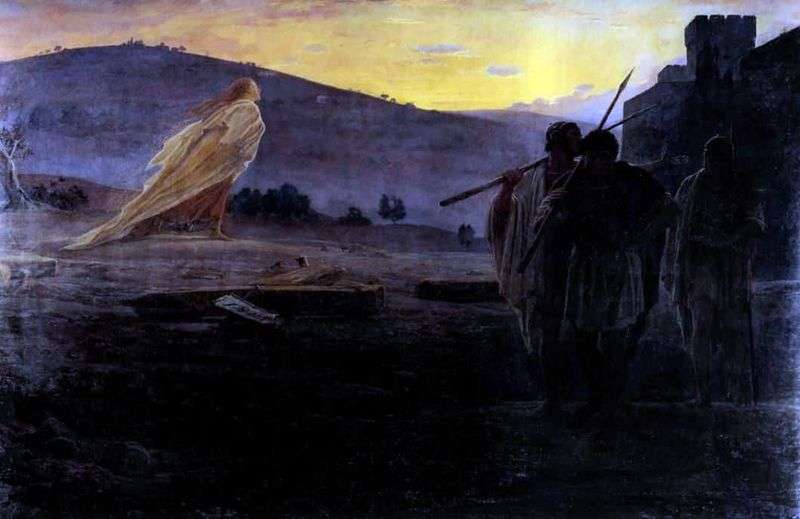
The internship in Italy was more than fruitful for Ge. Enjoying a new country, which by right can be called the cradle of European art, the painter gradually “cast off” the shackles of academicism. Returning to his homeland, Ge continues to look for himself and the canvas of the “Messengers of Resurrection” an example of such a search, both plot and style.
The scale of the depicted and semantic content of the picture is truly grandiose. Conditionally, the canvas can be divided into two parts, and in its right side the “woman” in rags, which walks on the ground with her head raised high, “rules” – she bears the message about the resurrection of Christ. Her whole figure resembles a bird, and it seems that she is about to ascend to heaven.
As a sharp contrast to the lofty appearance of a woman, in the left side of the canvas pagans appear before the audience – they crucified Christ. And now feeling that in their misconceptions and disbelief, they are on the dark side, they have only to glance at the proud girl carrying the great news.
It should be noted that this picture was not accepted and understood in Russia. Moreover, it had no demand even at an exhibition in Munich. The artist was accused of the contrivedness of the plot and the speculative nature of the images that he was creating. But faithful to his convictions and artistic plans, Ge still worked hard, trying to convey his vision, find his revelation. The painting “Messengers of the Resurrection”, not understood by contemporaries, was appreciated by the next generations, and today it is one of a whole galaxy of outstanding works by Russian artists on evangelical themes.
 The Appearance of Christ to Mary Magdalene after Resurrection by Alexander Ivanov
The Appearance of Christ to Mary Magdalene after Resurrection by Alexander Ivanov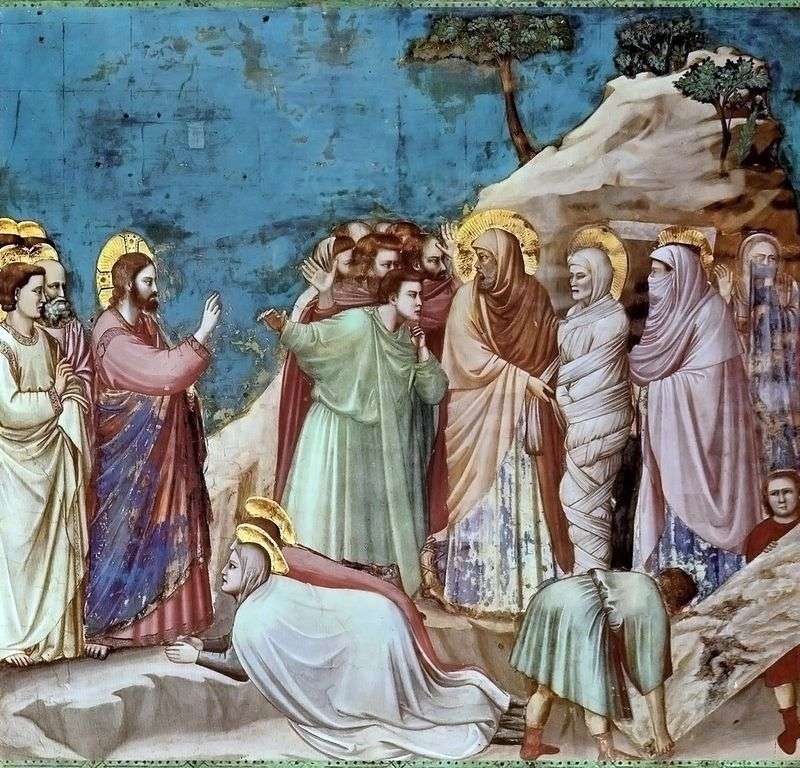 Resurrection of Lazarus by Giotto
Resurrection of Lazarus by Giotto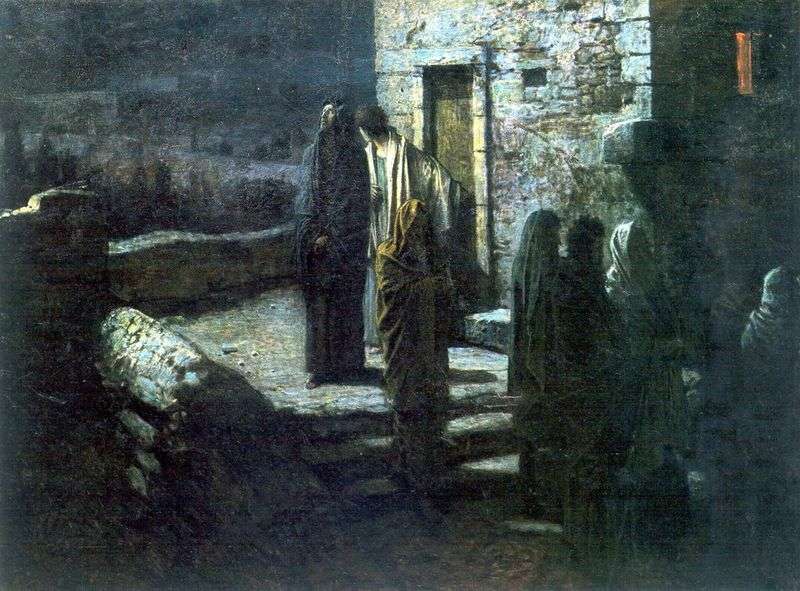 The Exit of Christ with His Disciples from the Last Supper to the Garden of Gethsemane by Nicholas Ge
The Exit of Christ with His Disciples from the Last Supper to the Garden of Gethsemane by Nicholas Ge Resurrection of Christ
Resurrection of Christ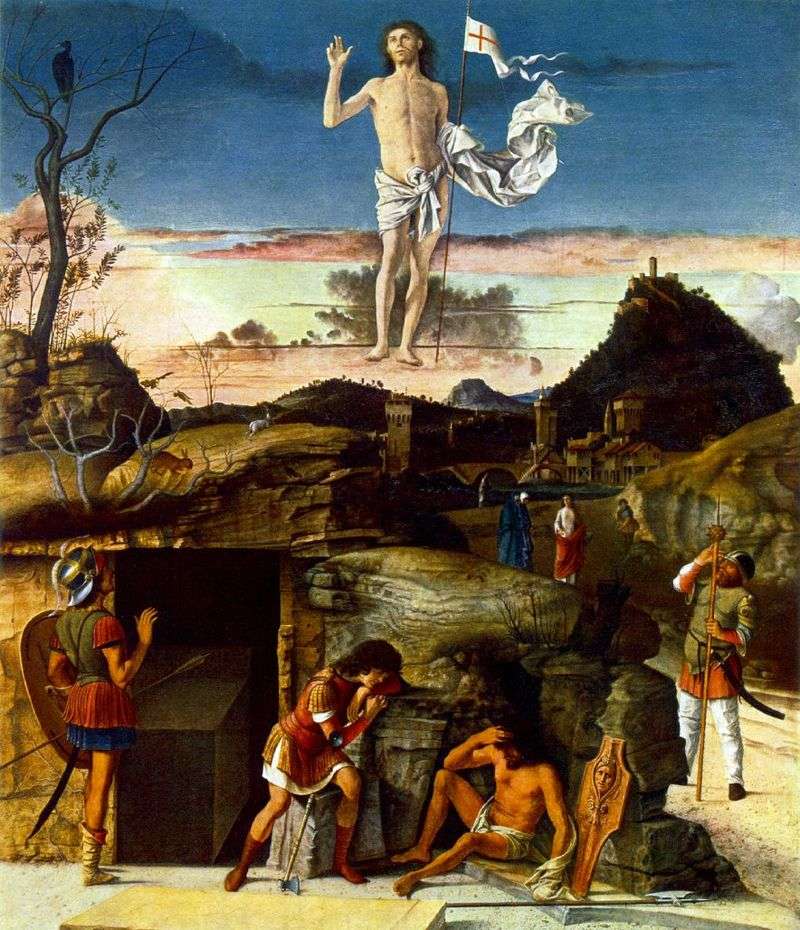 The Resurrection of Christ by Giovanni Bellini
The Resurrection of Christ by Giovanni Bellini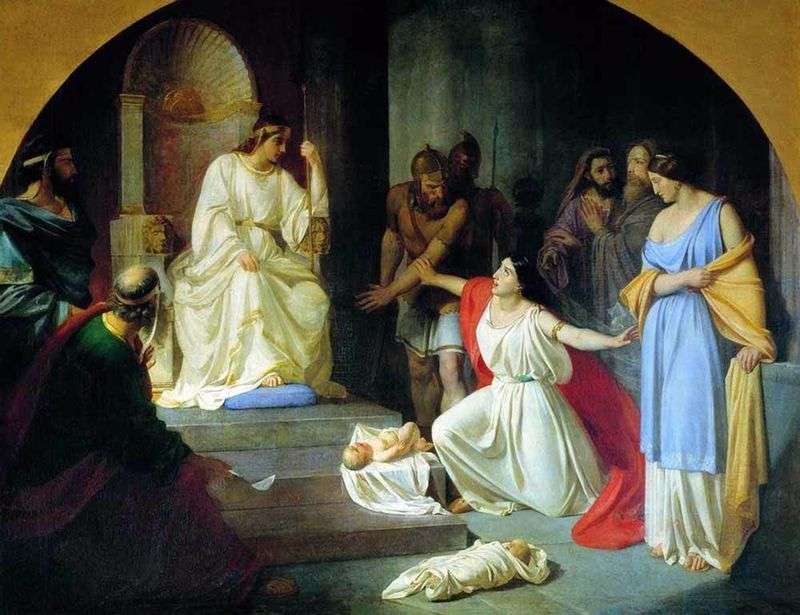 The court of King Solomon by Nicholas Ge
The court of King Solomon by Nicholas Ge Resurrection by El Greco
Resurrection by El Greco Résurrection du christ
Résurrection du christ